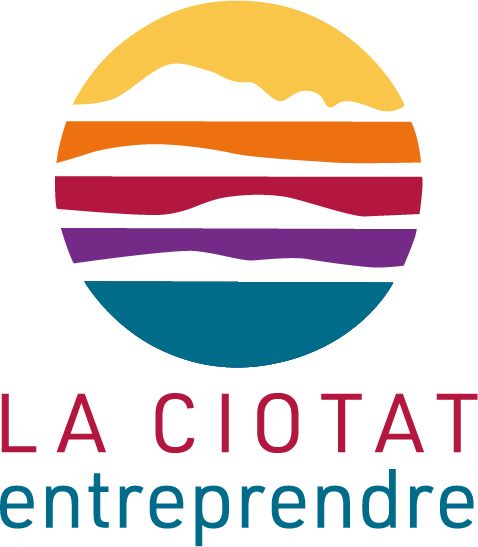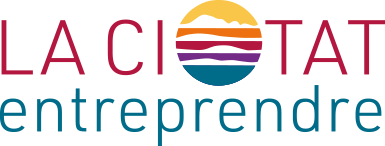
Newnormalnetwork
FollowOverview
-
Date de fondation 11 septembre 1918
-
Secteurs Industrie
-
Posted Jobs 0
-
Vues 61
L'entreprise
Green Card Application Process

With restricted exceptions, all EB-2 and employment EB-3 permit applications need that the employer acquire a Labor Certification from the U.S. Department of Labor. For petitions requiring this action, the Labor Certification process is frequently the hardest and employment most tough step. Prior employment to having the ability to file the Labor Certification application, the employer should acquire a prevailing wage from the Department of Labor and prove that there are no minimally certified U.S. employees readily available for the positions through the conclusion of a competitive recruitment process.

When it comes to positions which contain mentor responsibilities, the company should record that the picked applicant is the « finest qualified » for the position. This procedure is frequently called « Special Handling. »

In both the « fundamental » and the « special handling » procedure, the employer needs to complete a formal recruitment procedure to record that there are no minimally certified U.S. workers offered or that, employment when it comes to positions that have a mentor part, that the selected candidate is the finest certified. It is common that this recruitment process need to be completed well after the foreign national worker began their position at the University.
As quickly as the Labor Certification has actually been submitted with the Department of Labor, the « priority date » for the applicant is established. This date is essential to identify when somebody can complete action # 3, i.e. the Adjustment of Status. (If no Labor Certification is required, the priority date is developed with the filing of the Immigrant Petition/ Form I-140.
2. Immigrant Petition
Once the Department of Labor approves the Labor Certification, the Immigrant Petition (Form I-140) can be filed with USCIS. In cases where no Labor Certification is required (e.g. EB-1), the filing of the I-140 is the first action of the green card process.
3. Adjustment of Status or Obtaining an Immigrant Visa
Once the I-140 application has actually been approved by USCIS, the foreign national can use for employment the adjustment of their non-immigrant status (Form I-485) to that of a legal irreversible resident. Instead of making an application for the Adjustment of Status, a foreign national might likewise get an immigrant visa at a U.S. consulate or embassy abroad.
The I-485 Adjustment of Status application can not be submitted till and unless the « top priority date » is present. In practice this means that, depending on one’s nation of birth and EB-category, there might be a backlog. The backlog exists due to the fact that more people use for green cards in a given classification than there are readily available permit visa numbers. The total number of green cards is additional restricted by the reality that, with some exceptions, no greater than 7 percent of all green cards in a given can go to people born in a given country. The backlog is updated every month by the U.S. Department of State and is published in the Visa Bulletin.
Once someone’s top priority date date has actually been reached, as indicated in the Visa Bulletin, employment the I-485 can be filed. The concern date is the date on which the Labor Certification was submitted with the Department of Labor, or, if no Labor Certification was needed, USCIS received the I-140 petition.

Note that the Visa Bulletin contains two different tables with concern cut-off dates. The actual cut-off dates are indicated in table A « Application Final Action Dates for Employment-based Preference Cases. » However, in some instances, USCIS might accept the I-485 application if the top priority date is current based upon table B « Dates for Filing of Employment-based Visa Applications. » Note that USCIS will make a decision whether Table B may be used several days after the official Visa Bulletin is released. USCIS publishes this details on its site dedicated to the Visa Bulletin.
In many cases, it may be possible to file the I-140 and I-485 at the very same time. This is not constantly advised, even if it is possible. If the I-140 is denied, the I-485 will likewise be denied if filed simultaneously.



